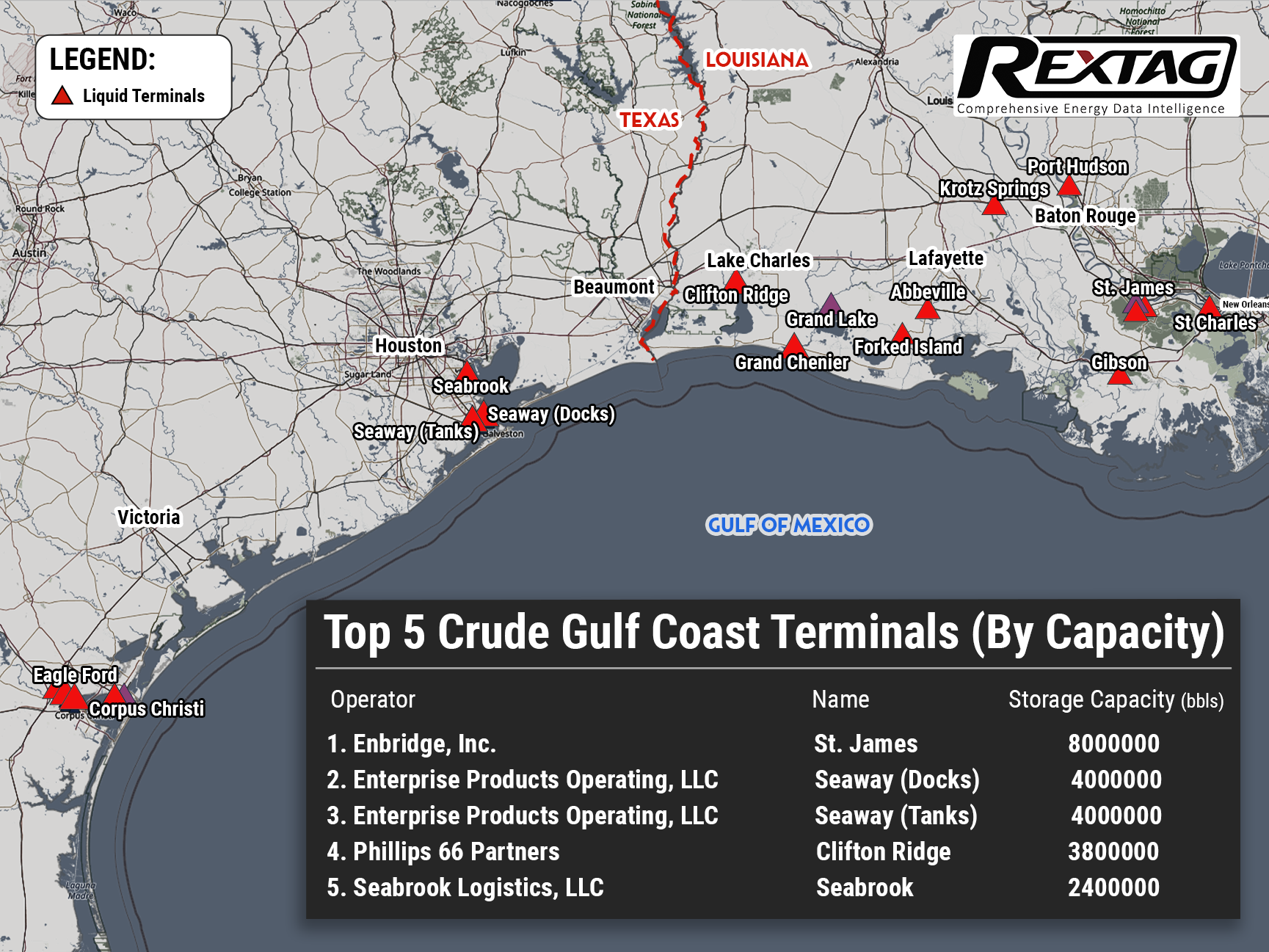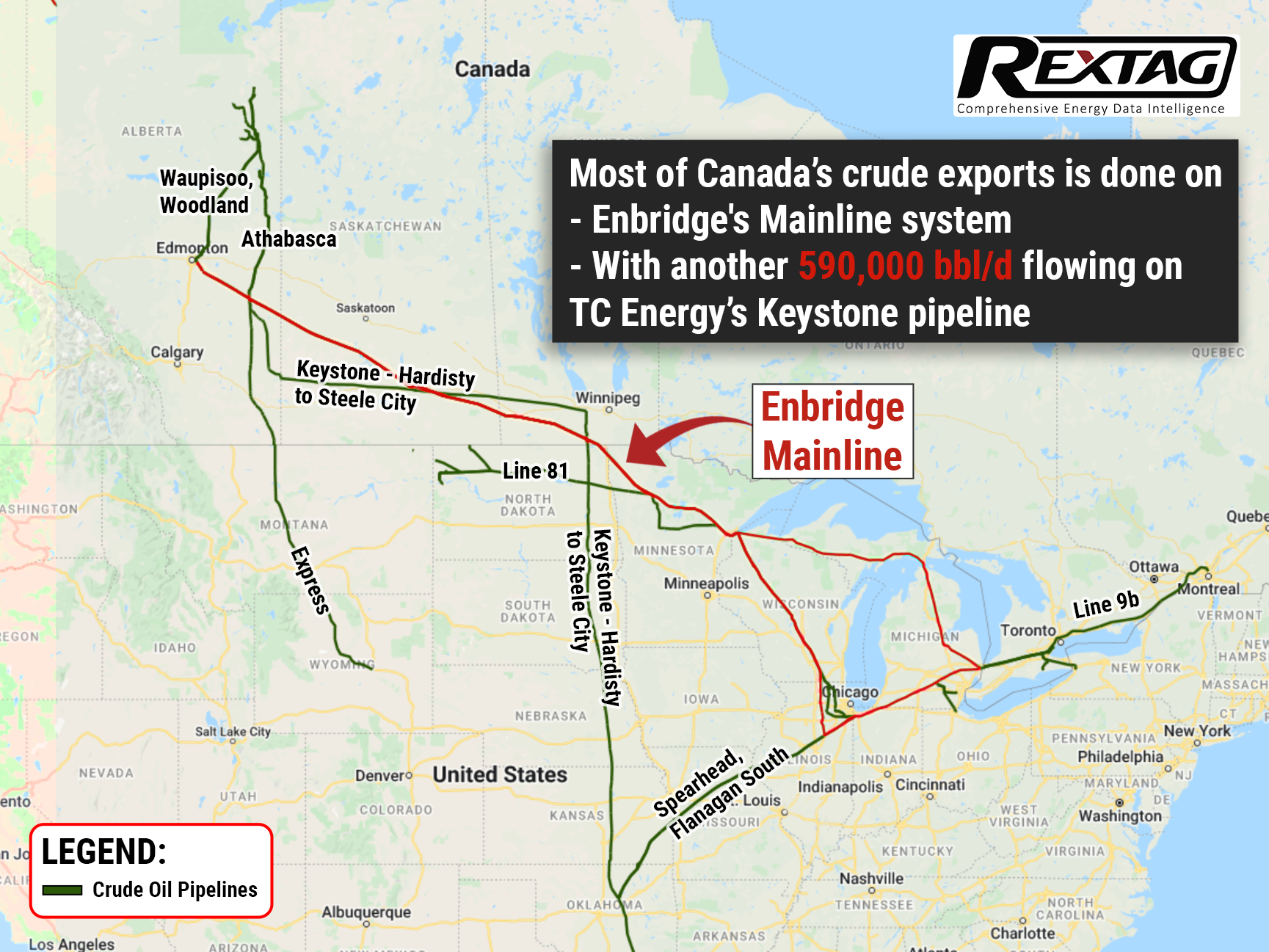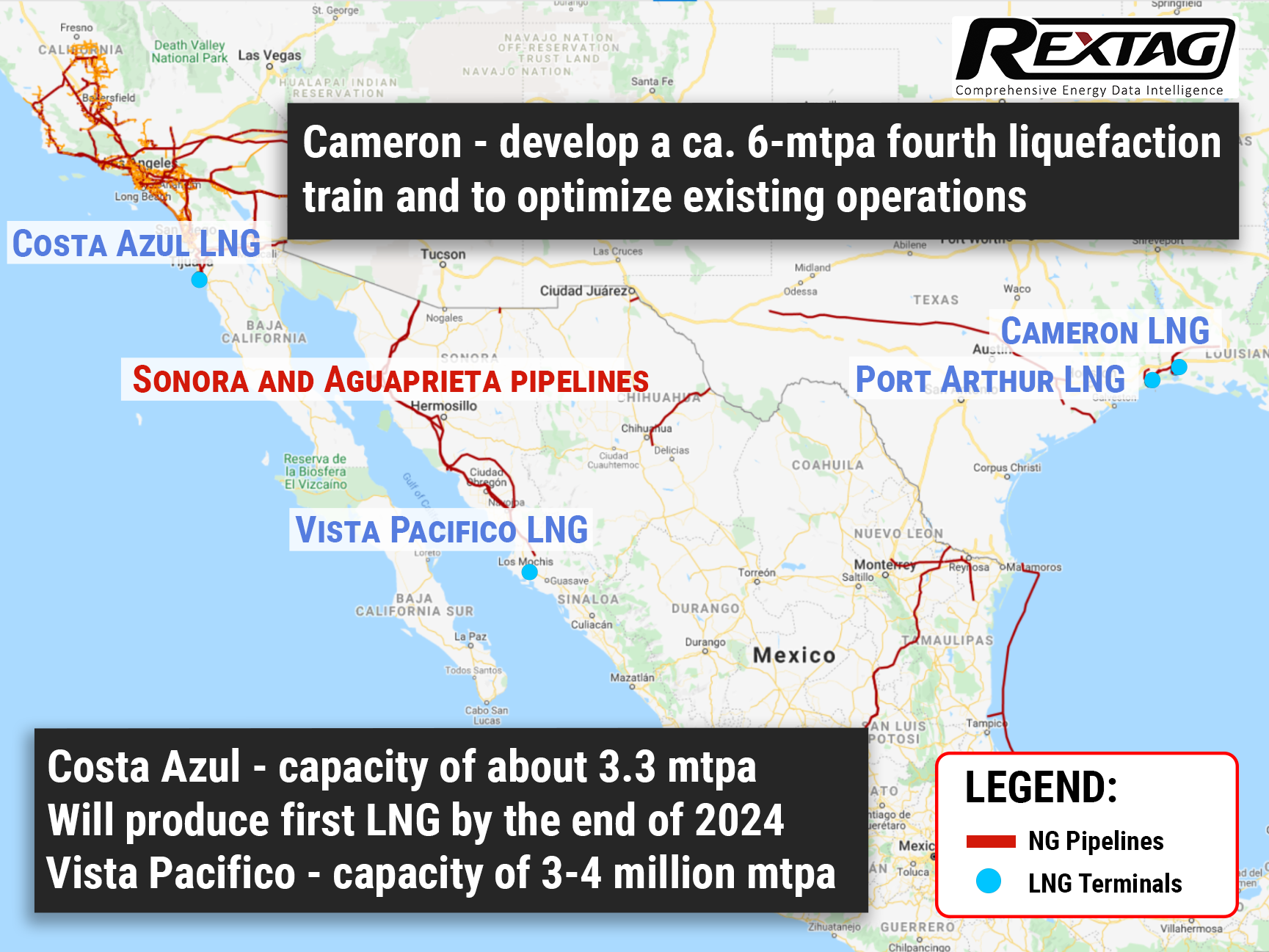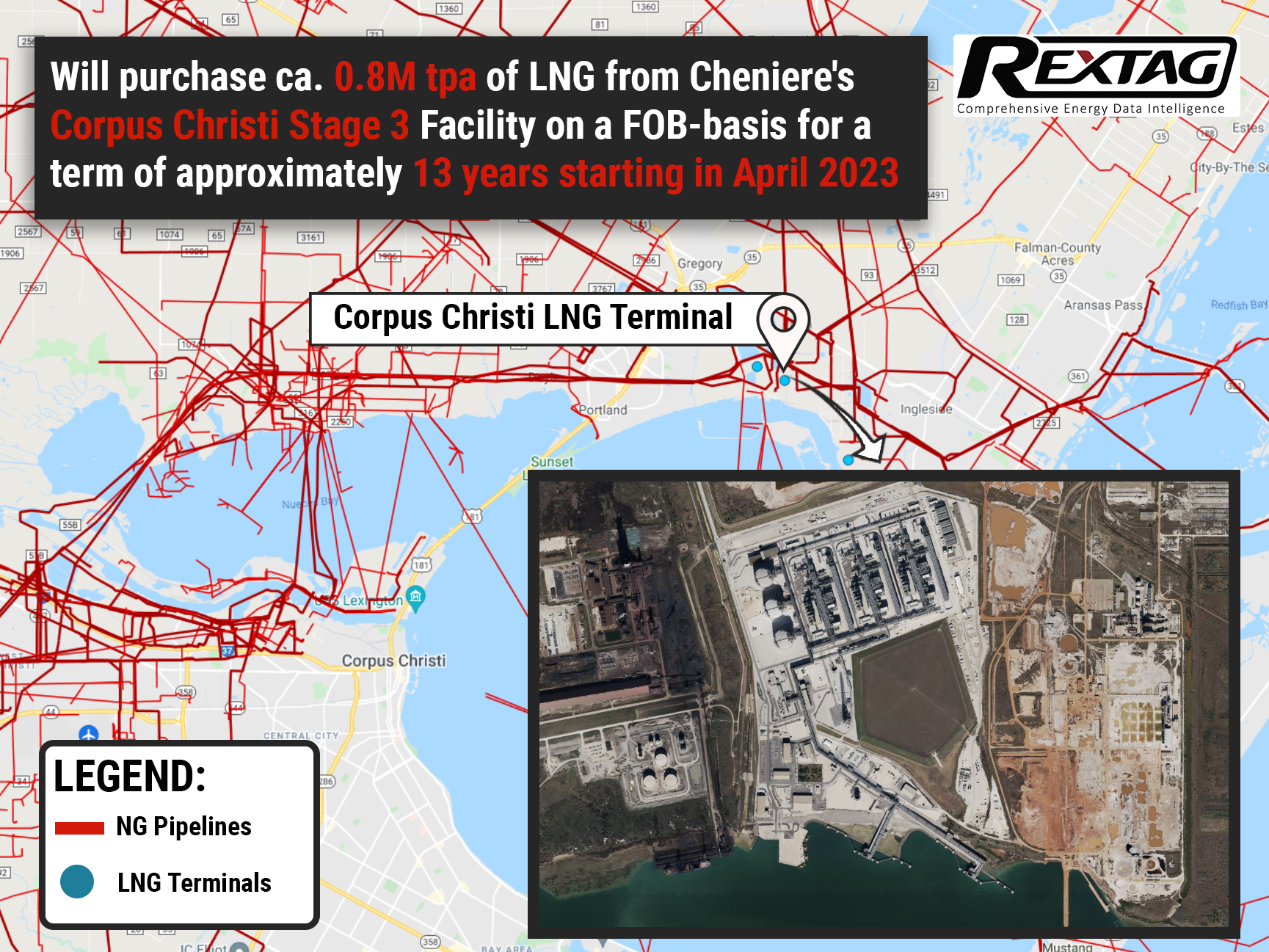Blog
Since days when shale oil and gas technologies were discovered, the U.S. energy industry has been evolving more rapidly than ever before. Many changes are amazing especially when you put them on an industry map. At Rextag not only do we keep you aware of major projects such as pipelines or LNG terminals placed in service. Even less significant news are still important to us, be it new wells drilled or processing plants put to regular maintenance.
Daily improvements often come unnoticed but you can still follow these together with us. Our main input is to “clip it” to the related map: map of crude oil refineries or that of natural gas compressor stations. Where do you get and follow your important industry news? Maybe you are subscribed to your favorite social media feeds or industry journals. Whatever your choice is, you are looking for the story. What happened? Who made it happen? WHY does this matter? (Remember, it is all about ‘What’s in It For Me’ (WIIFM) principle).
How Rextag blog helps? Here we are concerned with looking at things both CLOSELY and FROM A DISTANCE.
"Looking closely" means reflecting where exactly the object is located.
"From a distance" means helping you see a broader picture.
New power plant added in North-East? See exactly what kind of transmission lines approach it and where do they go. Are there other power plants around? GIS data do not come as a mere dot on a map. We collect so many additional data attributes: operator and owner records, physical parameters and production data. Sometimes you will be lucky to grab some specific area maps we share on our blog. Often, there is data behind it as well. Who are top midstream operators in Permian this year? What mileage falls to the share or Kinder Morgan in the San-Juan basin? Do you know? Do you want to know?
All right, then let us see WHERE things happen. Read this blog, capture the energy infrastructure mapped and stay aware with Rextag data!
Magellan Reported Volume Changes on Its LongHorn and BridgeTex Pipelines
According to a July 28 report, Magellan Midstream Partners LP stated that the volumes in the last quarter on the Longhorn and BridgeTex pipelines that carry crude from the Permian Basin to Houston dropped dramatically since shippers likely exported barrels, meanwhile, refined product volumes grew on pandemic demand recovery. Volumes on the 450-mile (724-km) Magellan’s wholly-owned Longhorn crude oil pipeline from West Texas to Houston averaged approximately 200,000 bbl/d in the three months ended June 30 in contrast with 260,000 bbl/d in the same period the year before. A joint venture, the BridgeTex crude pipeline from the Permian to Magellan’s East Houston terminal dropped to 215,000 bbl/d from virtually 315,000 bbl/d in the year-ago period. However, volumes on the most prominent common carrier refined products pipeline system in the U.S. increased 3% partly because of pandemic demand recovery. Income from oil storage plunged as a steeply risen-in-price market made holding barrels less attractive and following contract expirations while operating expenses grew $28 million.
Growing Export of US Crude Oil Is Expected to Set Record This Quarter
On 27 June, the analysts at Kpler spread the word that the exports of crude oil from the U.S. Gulf Coast could break a record 3.3 MMbbl/d this quarter as Europe has regard to U.S. crude which can outweigh sanctioned Russian oil. Due to Washington's decision to release 180 MMbbl of oil from the nation's Strategic Petroleum Reserve, U.S. exports have increased in the last three months, as it has flooded the domestic market. Exports to Europe are anticipated averaging approximately 1.4 MMbbl/d this quarter, about 30% higher than the year-ago quarter, meanwhile, export to Asia is set to decrease to less than 1 MMbbl/d. Despite that the U.S. has lost about 1 MMbbl/d of refining capacity since 2020, it also boosted exports thanks to the government’s intervention to back crude supplies which has had consequences in growth in exports. Throughput via the Port of Corpus Christi has grown by more than 150,000 bbl/d and has become 1.86 MMbbl/d. Nevertheless, Port of Houston exports also have been increasing since the third quarter of last year, they remain below pre-pandemic levels.
Cheniere’s LNG Is on the Next Level Due to Corpus Christi Expansion FID
According to CheniereEnergy’s board of directors announcement on June 22, the company declared the further expansion of its CorpusChristi, Texas. Moreover, the LNG plant could come sooner than expected due to the announcement of a final investments decision (FID) related to Stage 3 Liquefaction Project work at the export facility. It will ensure the capacity to ship 10-plus million tonnes per annum (mtpa) from 7 midscale trains. Furthermore, TudorPickering, Holt & Co. (#TPH) declared on June 23, that the possible ultimate capacity of the facility could be in the 11-12 mtpa range given 10.7 mtpa of long-term contracts have been signed with companies such as CPC, PGNiG, Sinochem, Foran, ENGIE, Apache, EOG and ARX CN. Additionally, Cheniere announced two sale and purchase agreements (SPAs) with #ChevronCorp.: Firstly, Chevron will obtain 1 mtpa of LNG from Sabine Pass Liquefaction LLC with deliveries considered to start in 2026. Deliveries will reach full capacity in 2027 and expire in mid-2042. Secondly, Chevron will obtain 1 mtpa of LNG from Cheniere Marketing LLC with deliveries considered to start in 2027 and continue for about 15 years. The purchase price for the LNG under both SPAs will be indexed to the Henry Hub price, plus a fixed liquefaction fee as Cheniere claimed. Since the expansion will have been completed, Cheniere’s aggregate nominal production capacity will be increased to more than 55 mtpa by the end of 2025 compared to 45 mtpa now. It will become a part of the industry-wide decarbonization movement away from coal and oil as this allows Cheniere to provide the global market with additional low-carbon fuels. First exports from the facility are anticipated in 2025.
As Countries Shun Russian Crude, Canada Plans to Boost Its Oil Exports
Canada is looking at ways to increase pipeline utilization to boost crude exports as Europe seeks to reduce its reliance on Russian oil At the moment, oil exports from Canada to the U.S. are approximately 4 million barrels of oil per day, with a portion reexported to other countries. At the end of 2021 Canadian oil companies exported a record amount of crude from the U.S. Gulf Coast, mostly to big importers India, China, and South Korea. And this will only increase in the future.
The Final Stretch: Energy Transfer Pushes For Mariner East Project Ahead Of The Stunning Q3 Results
Energy Transfer's lead in the world's NGL exports booked the company another successive quarter. With a global market share of almost 20%, the company is nigh unstoppable. But will it be enough to, finally, push the Mariner East project over the edge? If everything goes as planned, Mariner East's last segment could be operational by the end of the first half of 2022.
Pivot to the South: LNG Plants Under Development by Sempra Energy in Louisiana and Mexico
Sempra Energy would develop the 4.0-mmtpa Vista Pacifico LNG export facility located next to the company's Terminal for Refined Products in Topolobampo in a bid to provide gas from the Permian basin in Texas and New Mexico to Asian markets. Once marketing begins, Sempra's management expects Vista Pacifico to be oversubscribed.
13 years is not long enough: Glencore and Cheniere Sign Long-Term LNG Deal
Texas Cheniere and Swiss Glencore had entered into a free-on-board agreement for approximately 0.8 million tonnes of LNG per annum, starting in April 2023 for 13 consecutive years. This SPA demonstrates the commercial momentum Cheniere has been enjoying and marks an important milestone, as the company lays the groundwork for a final investment decision on Corpus Christi Stage 3, which is expected to occur next year.
.png)

.png)



